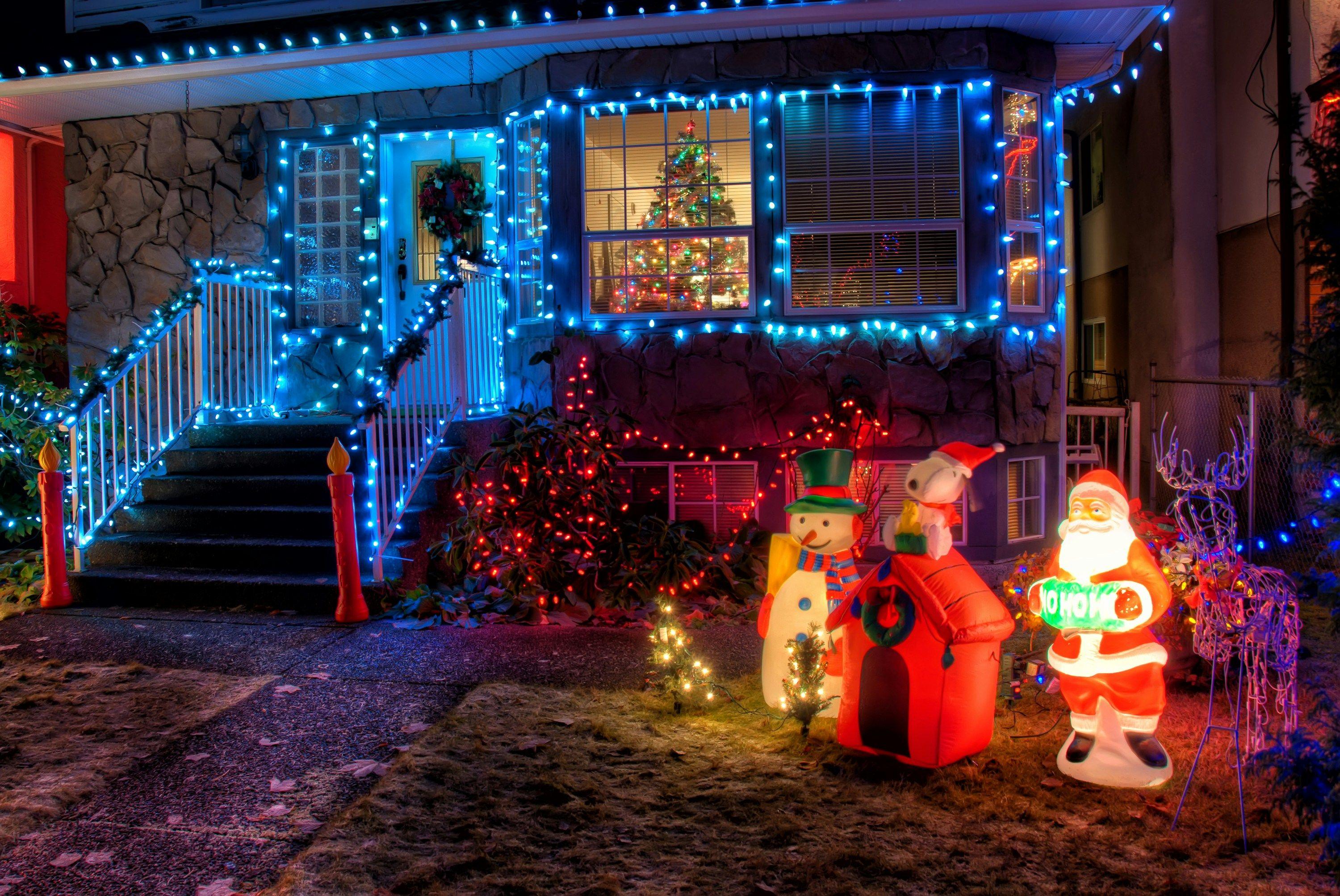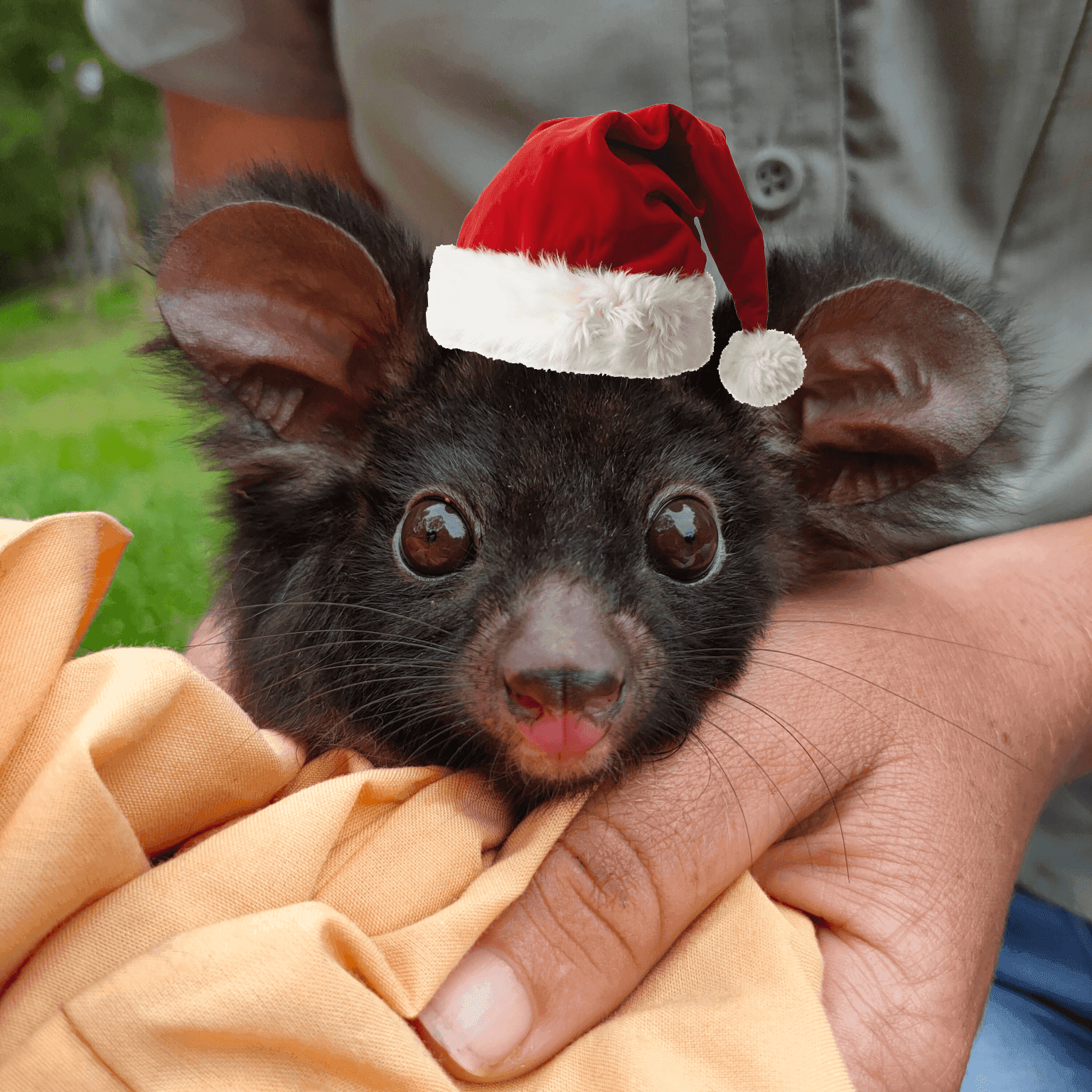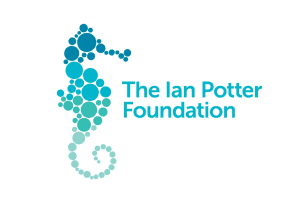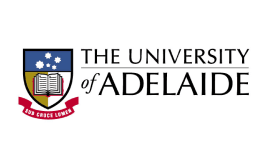Before putting Christmas lights outside, think about our wildlife

Christmas light display. Image: James Wheeler / Unsplash
News story
6 December 2024
As Christmas fast approaches, it’s that time of year to adorn our houses with festive cheer. But did you know that your neighbours aren’t the only ones copping an eye full of the light show?
Native mammals, birds, frogs and reptiles are negatively impacted by artificial light at night. Sadly, while LED lights can be energy efficient, their ultra bright white and blue tones make matters worse.
The good news is that there are easy ways to reduce light pollution at Christmas while still showing your festive spirit.
Euan Ritchie, Biodiversity Council member and professor of wildlife ecology at Deakin University, caught up with Jess Ong on ABC Radio to discuss how to celebrate the silly season without impacting our unique wildlife (or our neighbours).
What are the impacts of light pollution on wildlife?
Research in Australia and overseas has found artificial light at night has a wide range of harmful effects on many types of animals, from making them stressed and more vulnerable to predators, to changing their reproduction and making migrating birds more likely to crash into windows.
Light pollution can even impact animals from far away, like migratory birds and bats flying high overhead or even baby sea turtles and fish on the coast.
How can I help this Christmas?
- Switch to daytime decorations, such as big red bows on trees or festive lawn ornaments. Make sure to avoid decorations that will break down easily in the environment or where animals can get trapped.
- Bring your decorative light inside and create festive window displays. At bedtime, close your curtains so indoor lights don’t disturb either sleeping or active animals outside.
- If you can't resist decorative outdoor lights, don't leave them on all night. Pick a couple of hours to turn them on – you can sync up with your neighbours so spectators can enjoy the lightshow on your street before lights out. Avoid dusk or dawn when animals can be most active – timers are helpful!
- White or blue LED lights have the worst impacts on animals – this includes humans! When choosing fairy lights, use warm colours such as amber or red.
- Use low-intensity lights – they are supposed to look pretty, not light up the MCG!
- When using spotlights, keep them angled downward and focused on where you need them. Use shields to stop light shining into the sky or nearby vegetation.
- Leave your trees and shrubs as dark refuges for nocturnal wildlife – don’t load them up with lights.

Image: Ana Gracanin CC-BY-NC / iNaturalist













